In online marketing, it’s essential to ask some of the following key questions: How are people finding your website? Which online marketing campaign is driving the most traffic to your website? What type of content works best on each platform?
Sure, you can use Google Analytics to track various referral sources, but there is another, more advanced, tracking option that will help you keep track of monitoring where your traffic is coming from. It’s called UTM (Urchin Tracking Module) codes or links.
What are UTM codes?
UTM tags (or UTM codes) are a way that you can track traffic sources coming from a certain platform to your website. UTM codes are URLs with a few added extra information attached to the end that help you track each link in detail. These added extras are called UTM parameters.
Using UTM codes will help you gain a solid understanding of how your visitors discover your website and interact with your content.
When the URL with UTM tags is visited, it allows analytics software to track information such as where they clicked the link and which campaign they are interacting with.
Here is an example of what a UTM code looks like, the part highlighted in red is where the UTM parameters start
http://yourwebsite.com/your-post-title/?utm_source=facebook&utm_medium=social&utm_campaign=summersale
The string will always start with a ‘?’ and will contain anywhere between one to five possible tags/parameters. In the above example, three tags were used: utm_source, utm_medium and utm_campaign.
Breaking down UTM parameters
There are five types of tags that you can add to the end of the URLs that you are using in your online marketing efforts.
- Source: This is used to show where the visitors are coming from, for example, Facebook or Google.
- Medium: This shows which marketing channels brought the visitor to your website, for example. from a newsletter, social or affiliate.
- Campaign: This identifies which campaign the promotion is associated with, for example, a specific promotion or sale.
Term: This is mainly used for tracking your keywords during a paid AdWords campaign. - Content: This can be used to identify the exact element on your ad or content that was clicked, for example, the header in an email newsletter. This is great to use if you’re A/B testing ads.
What can UTM links be used for?
UTM links can be particularly useful when you have multiple methods of accessing your online marketing assets and need to identify which ones you should be focusing on. Using a combination of the five tags can bring some valuable insights about which promotional efforts are the most successful.
This information, in turn, allows you to alter your campaigns according to what is working best and what is not performing, opening the door to optimization and experimentation with your marketing campaigns.
You can use UTM links across your marketing channels – emails, messaging or social – to help determine which of the channels work best. You may find that specific types of content work best on certain channels and not others, or that your audience will always engage with your content from one of the channels.
Another useful way to use UTM links on social campaigns is when you want to track whether someone engaged with an organic post, a promoted post, a link on your profile or a post in a group. This post by Neil Patel shares more detail on how you can edit your UTM parameters for social media.
Implementing UTM URLs in your email newsletters can help with seeing which elements of the newsletters get the most engagement. You can even use a UTM code in your email signature to see how much engagement it gets.
How to create a UTM link
Lucky for us there are a few online tools assisting with creating UTM links. One of the most popular tools is the Google URL Builder.
The Google URL Builder is a form that you complete inside of the Google Analytics help center. All you have to do is fill in the required fields (website URL, source, medium, name, term and content) and the builder will create your custom UTM URL that you can then use in your campaigns.
Below is an example of the Google URL Builder form.
There is also the Google Analytics URL Builder Chrome extension which is an even quicker way to create UTM links without having to leave your Chrome browser.
Now, it’s all good and well to create and use UTM links, but they will only be valuable to you if you keep track of them and use the analytics that they produce. To make sure that you keep track of your UTM links, here are three helpful tips and best practices. Practising these methods will help in easy identification of your traffic.
1. Create a naming convention for your parameters
Using the same naming conventions will lessen the confusion when you are trying to report on your UTM’s. Keep your URLs clean, descriptive, non-redundant and easy to read. Don’t repeat yourself, eg. don’t use ‘Facebook’ as both the source and medium.
2. Keep track of your URLs
Find a way that best works for you to keep track of your URLs that you’re creating. A good place is a Google spreadsheet that everyone in your team has access to. On the same sheet you may want to create a naming convention page that everyone can refer to when creating UTM links.
3. Shorten your URLs
UTM codes can end up being quite long and can sometimes come off as spammy. Use tools like bitly to shorten the bulky URLs and create a better user experience.
Conclusion
Have you used UTM codes before? Which is your favourite tool for creating UTM links? How have they helped your marketing strategy?

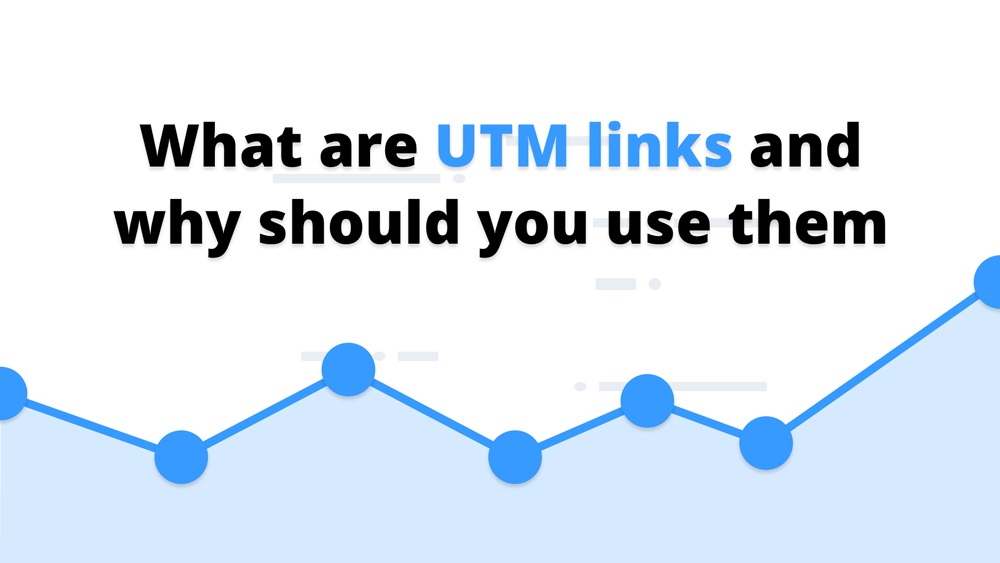
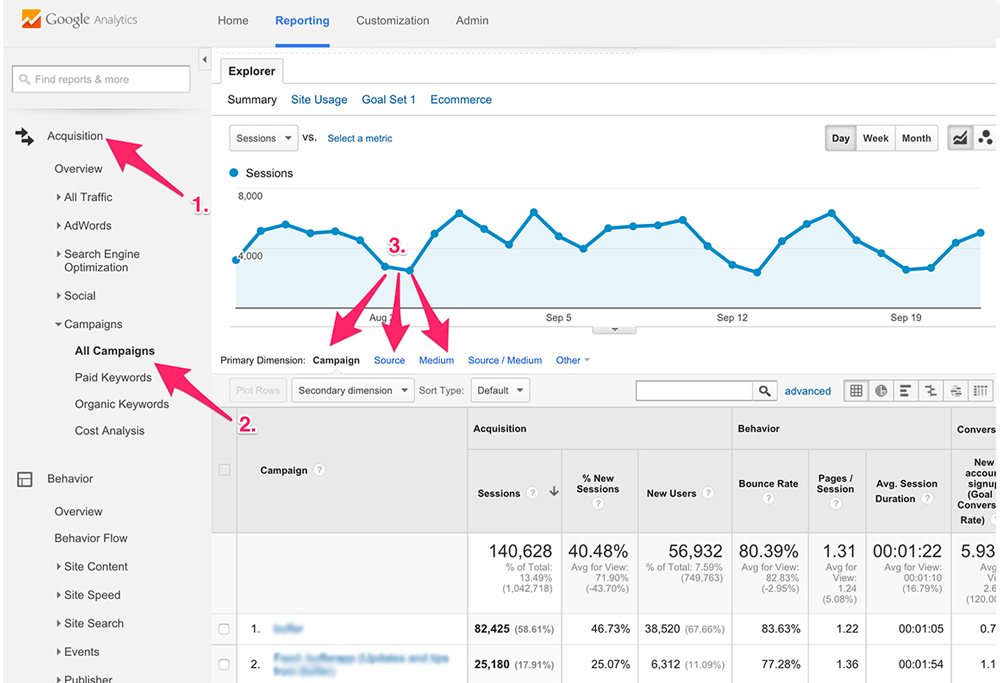
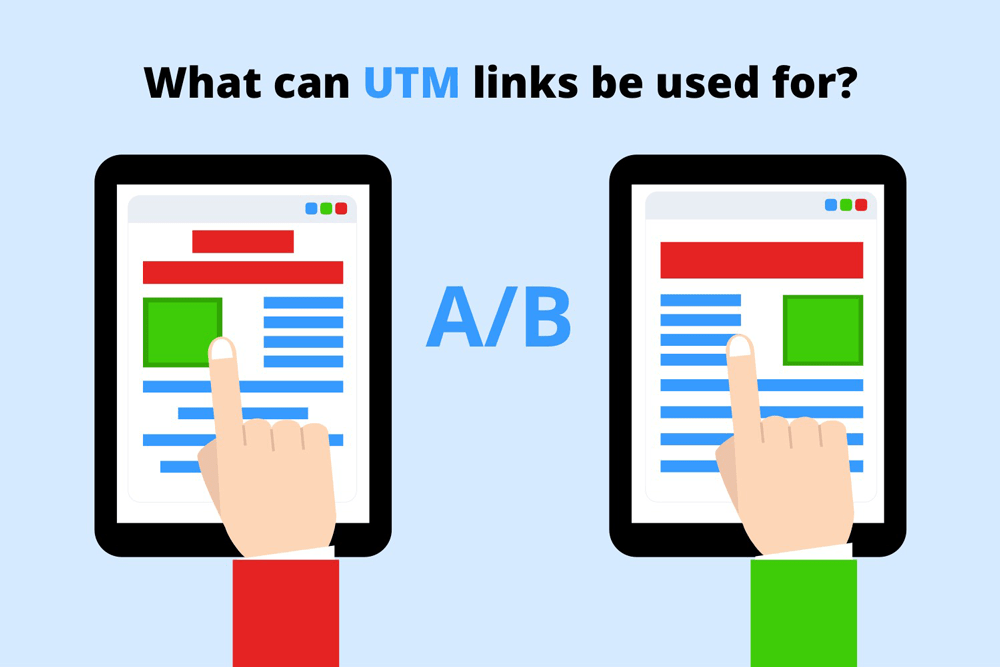
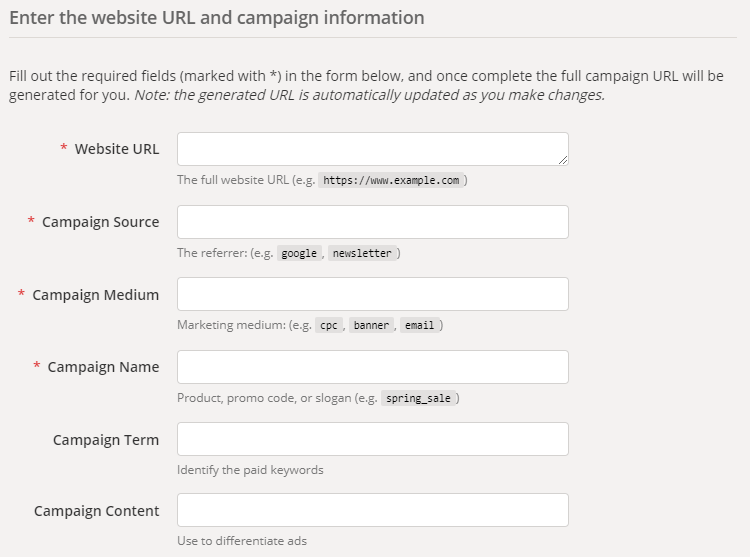
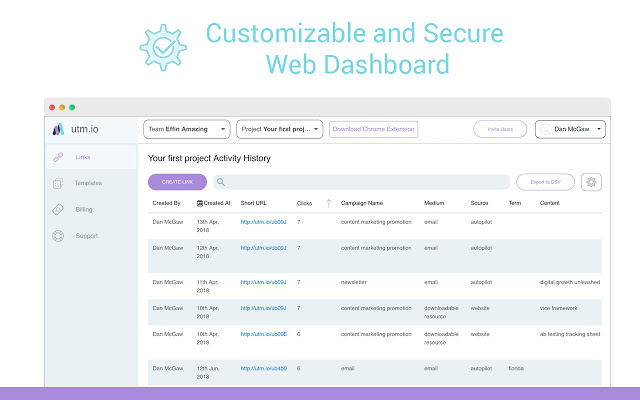
Thanks for this Article, But sometime I found Google Analytics is stupide when it comes to define the UTM Parameters . This Message is trying to show more than 100 Time Last week where I can not only Just make Filters for each small and Capital Letter.+
Do you Suggest any Things ?
Duplicate Campaign Parameters
Property StudyShoot is receiving hits with utm_medium parameters of the same text but different letter cases.
Thanks
Hi Lisa, do you know if there is any way to view all orders in woo-commerce based off the UTM that the user originated to the site with?
WordPress is best for any website and helpful contnet
Thanks very much for your great post. I didn’t know what UTM link is as well as its usage until reading this article. I think I need to create UTM links right away to track my marketing campaigns.
Thanks Lisa, well written.
Do you think I could use UTM links for links on reviewed articles on other blogs. Would it work any better then the referral data google analytics already provides me?